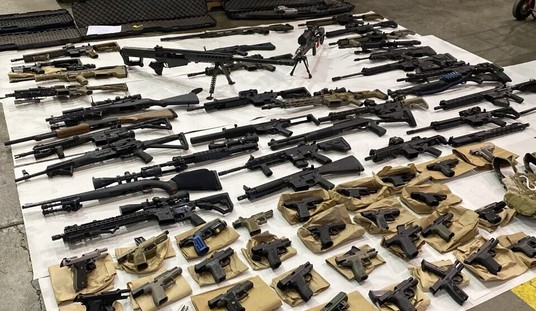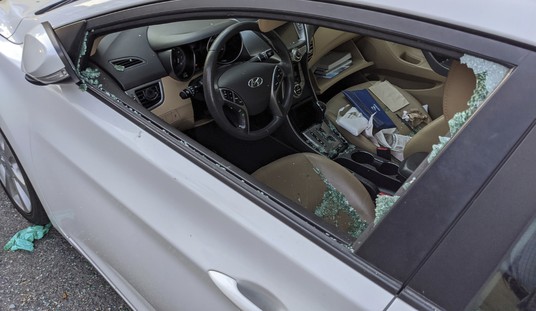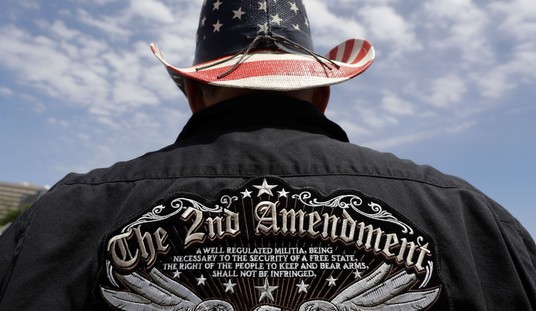The Bureau of Alcohol, Tobacco and Firearms is attempting to reclassify and ban the most common ammunition for the most popular rifle sold in the United States as “armor piercing,” in what appears to be a spiteful attempt by the Obama administration to cripple the supply of ammunition to AR-15 firearms that the President has long sought to ban.
M855 ammunition is very popular as a practice and target round for AR-15 shooters, and is used in some kinds of hunting.
Yesterday we discussed one way to strip the ATF of the power to ban common rifle ammunition that they are dishonestly attempting to reclassify as pistol ammunition, which is to make a simple change to the definition that the ATF is abusing.
Some very sharp people have noted that we might not even need to go that far, as the M855 doesn’t meet either part of the two-part definition that the ATF is perverting.
18 U.S.C. 921(a)(17)(B) provides:
(B) The term “armor piercing ammunition” means—
(i) a projectile or projectile core which may be used in a handgun and which is constructed entirely (excluding the presence of traces of other substances) from one or a combination of tungsten alloys, steel, iron, brass, bronze, beryllium copper or depleted uranium; or
(ii) a full jacketed projectile larger than .22 caliber designed and intended for use in a handgun and whose jacket has a weight of more than 25 percent of the total weight of the projectile.
Let’s look at a picture of a cutaway M855 bullet. There are several variants of M855 bullets with slightly different steel insert base shapes, but they all follow this same basic design.

There are two parts to the definition that ATF is perverting in application to the M855, the first part being, “a projectile or projectile core which may be used in a handgun and which is constructed entirely (excluding the presence of traces of other substances) from one or a combination of tungsten alloys, steel, iron, brass, bronze, beryllium copper or depleted uranium…”
You’ll note that the definition requires the projectile or projectile core to be “constructed entirely” of one or a combination of hardened metal alloys. But as out cutaway clearly shows, the M855’s prjectile is constructed of a lead core (darker, denser metal in the rear) and a steel insert in the front of the bullet (lighter colored, lighter weight metal in the front). The M855 fails to meet the criteria to be classified as armor-piercing under part one of this two part definition.
Attorney Dave Hardy of firearms law blog Of Arms and the Law also notes that the M855 likely fails the second part of the definition:
…the M855 isn’t designed or intended for use in a handgun, its jacket is less than 25% of the weight of the projectile, and it’s debatable whether .223 can be called “larger than .22 caliber.”

The April 2014 ban on 7N6 ammunition for 5.45×39 caliber rifles also clearly fails to meet the second part of the definition, as the jacket is not designed or intended for use in a handgun, its jacket is less than 25% of the weight of the projectile, and the bullet diameter is precisely .22 caliber (.220″).
Does the 7N6 meet the first part of the definition of “armor piercing?” It does only if the ATF goes against the express desires of the authors of the legislation, which clearly stated that it should not be applied to rifle ammunition.
As we noted previously, the ATF’s clear perversion of the intent of the law can easily and permanently be fixed with a simple amendment added to any bill presently before Congress.
This must not be allowed to stand.








Join the conversation as a VIP Member